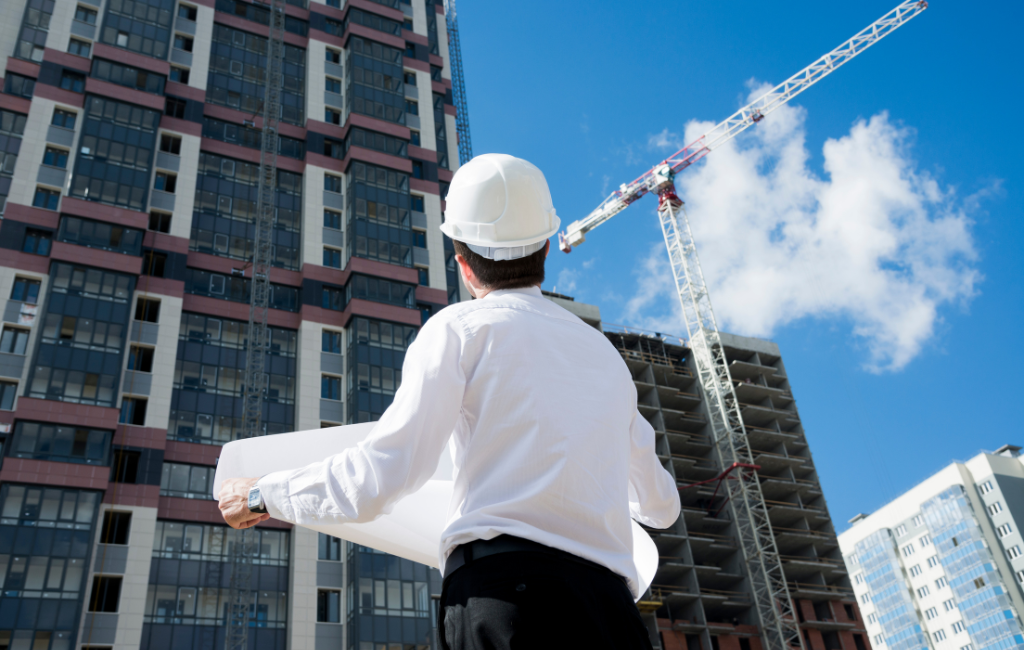Architect: Redefining Spaces for Modern Lifestyles
In an era where lifestyles are rapidly evolving, the role of architects has become more significant than ever. They are not just designers of buildings but visionaries who shape the way we live, work, and interact with our environment. This article explores how architects are redefining spaces to meet the demands of modern lifestyles, supported by examples, case studies, and statistics.
The Changing Role of Architects
Traditionally, architects focused on the structural and aesthetic aspects of buildings. Today, their role has expanded to include sustainability, technology integration, and user experience. This shift is driven by the need for spaces that are not only functional but also adaptable to changing needs.
Sustainability in Architecture
One of the most significant trends in modern architecture is the emphasis on sustainability. Architects are increasingly incorporating eco-friendly materials and energy-efficient designs. For instance, the Bullitt Center in Seattle is often cited as one of the greenest commercial buildings in the world. It features solar panels, rainwater harvesting systems, and composting toilets, making it a model for sustainable design.
Technology Integration
Technology is another critical factor shaping modern architecture. Smart homes equipped with IoT devices, automated lighting, and climate control systems are becoming the norm. The Edge in Amsterdam is a prime example of a smart building. It uses a network of sensors to optimize energy use, enhance security, and improve the overall user experience.
Case Studies: Redefining Residential Spaces
Residential architecture has seen a significant transformation in recent years. Architects are designing homes that cater to the diverse needs of modern families, from multi-generational living to remote workspaces.
Multi-Generational Living
With the rise of multi-generational households, architects are creating flexible living spaces that accommodate different age groups. The New Ground Cohousing project in London is a notable example. It features shared communal areas and private living spaces, fostering a sense of community while providing privacy.
Remote Workspaces
The shift towards remote work has led to the need for dedicated home offices. Architects are designing homes with built-in workspaces that offer functionality and comfort. The Tree House in Singapore, designed by Guz Architects, includes a home office with ample natural light and ventilation, making it an ideal workspace.
Commercial Spaces: Adapting to New Realities
Commercial architecture is also evolving to meet the demands of modern businesses. From co-working spaces to adaptive reuse of old buildings, architects are finding innovative solutions to create dynamic work environments.
Co-Working Spaces
Co-working spaces have become increasingly popular, offering flexibility and fostering collaboration. WeWork, a global co-working company, has revolutionized the way people work. Their spaces are designed to be adaptable, with movable walls and modular furniture, allowing for a customizable work environment.
Adaptive Reuse
Adaptive reuse involves repurposing old buildings for new uses, preserving their historical value while meeting modern needs. The High Line in New York City is a prime example. This elevated railway track was transformed into a public park, blending historical preservation with contemporary design.
Public Spaces: Enhancing Community Interaction
Public spaces play a crucial role in fostering community interaction and well-being. Architects are designing parks, plazas, and community centers that encourage social engagement and promote a sense of belonging.
Urban Parks
Urban parks are essential for providing green spaces in cities. The Millennium Park in Chicago is a successful example of urban park design. It features a variety of attractions, including the Cloud Gate sculpture and the Jay Pritzker Pavilion, making it a popular destination for both locals and tourists.
Community Centers
Community centers serve as hubs for social activities and services. The East Harlem Center for Living and Learning in New York City combines affordable housing, a school, and community spaces, addressing multiple community needs in one integrated design.
Statistics and Trends
Several statistics highlight the growing importance of innovative architectural designs:
- A report by the World Green Building Council states that green buildings can reduce energy consumption by up to 30%.
- According to Statista, the global smart home market is expected to reach $53.45 billion by 2022.
- A survey by Gensler reveals that 67% of employees prefer working in flexible office spaces.
Conclusion
Architects are at the forefront of redefining spaces to align with modern lifestyles. By embracing sustainability, integrating technology, and designing adaptable spaces, they are creating environments that enhance our quality of life. Whether it’s a green commercial building, a flexible home office, or a vibrant public park, the impact of innovative architecture is evident in every aspect of our daily lives.
